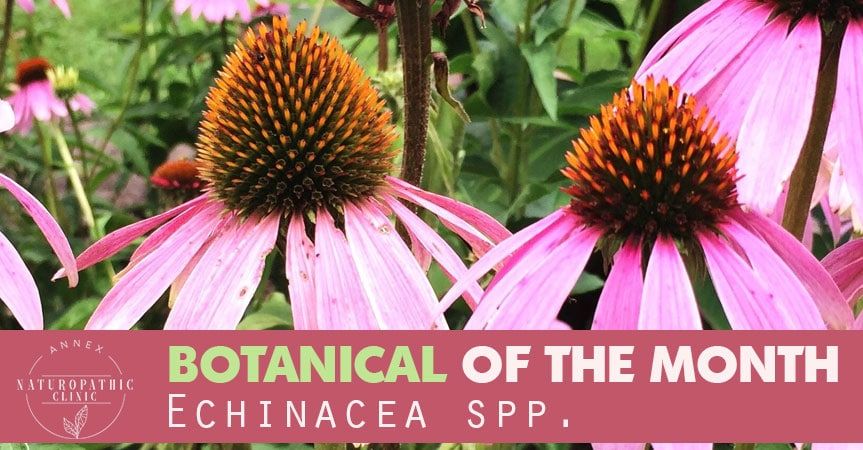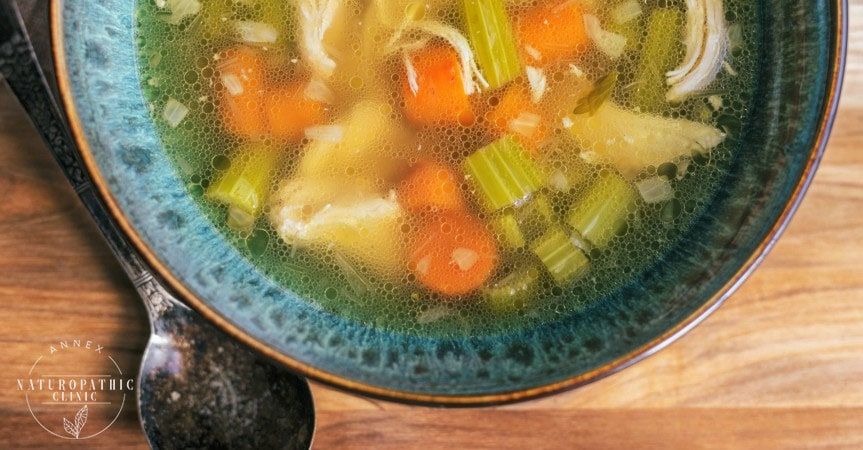By Dr. Mercola
The range of color in nature is amazing. Hues of all colors may be found in animals as a form of camouflage, protection, sexual behavior and even communication. Some animals are even translucent in order to improve their ability to escape predators.1
In the human body, color is an important way to differentiate tissues, organs, bones, tendon and muscle. Pathologists have a unique need to be aware of color differences as this sometimes translates into pathological processes that require identification for appropriate treatment. These color differences are evident in gross examination. In microscopic evaluation, cells often appear colorless.
In an effort to help pathologists differentiate the colors of healthy and abnormal tissue and to answer the question why human organs have different colors, researchers from MD Anderson Cancer Center wrote a review article.2 Their objective was to start answering these questions and establish a groundwork of knowledge from which further study can grow.
Color variations may have been the foundation of the "humorism theory of disease," prevalent in ancient times.3 This theory was systematized in ancient Greece and central to the teachings of Hippocrates. It continued to influence medical practice well into the 1800s. Although initially integrated into medical practice, the four humours also found a place in psychological evaluation4 and in Shakespearean analysis of personality.5
How You See Color
This short video explains the small portion of light on the color spectrum that is available to the human eye and how we perceive specific colors. Your brain interprets color based on the wavelength of light transmitted from your retina to your brain. As light passes through your eye, it hits color cells called cones.
Your eye has three color cones that enable you to see a variety of color based on how the wavelengths are mixed. Your cones can see green, blue and red. When a light hits an object, some of the light is absorbed and some bounces back off the object.6 If that object is a red apple, most of the light wavelengths, except red, are absorbed and the red light bounces off. Your eye then sees the apple as red.
You have between 6 and 7 million cones, or photoreceptors, in your retinas that are concentrated into a small area, approximately 0.3 mm wide. With three different color cones, humans see color better than most mammals. However, there are other animals that see more of the light spectrum, such as some insects that may see ultraviolet light that is invisible to humans, or birds that have four types of cones, enabling them to see shorter wavelengths than humans.
The Importance of Color in Biology
While humans see only a short section of the light spectrum, the colors we do see are important in the evaluation and diagnosing of disease. The perception of color is also important in nature. For instance, as might be expected, when color perception in bees was altered genetically, their ability to perform daily tasks was significantly hampered.7
How we respond to color has roots in biology, while the way we group colors is determined by the culture in which you live.8 Alice Skelton, research and doctoral candidate at the University of Sussex, and her colleagues analyzed the response of over 175 babies between the ages of 4 and 6 months to learn what connects the way humans see color and how it is categorized as adults talk about color.
The results of the study9 suggest there is a biological origin to how color is categorized by different cultures, and also perceived. For instance, while babies can see the difference between green and blue within the first six months of life, Skelton says:10
"If you [use] a language that doesn't make a distinction between green and blue, for example, then as they grow up babies and children learn to no longer make that distinction."
This difference in how cultures differentiate color in their respective languages may have an impact in communication between cultures. Asifa Majid of Radboud University in the Netherlands believes the colors children are exposed to as infants may also predispose them to categorize color in different ways. This information may point to differences that need to be addressed as pathologists move forward in their quest to categorize pathological tissue based on color differentiation.
What Is in Your Blood?
The color of human tissue is not related to the color of your blood, even though blood flows through the tissue. For instance, drained of blood, your liver, spleen and kidneys are a red-brown color, your bones are white and your brain nuclei are brown-black.11
When you see blood it is actually composed of several different types of molecules. One of those is plasma, a yellow colored liquid that consists mostly of water and transports nutrients and hormones throughout your body.12 White blood cells fight infection, and platelets help your body to stop bleeding if you get cut. The cells in your blood that give it the red color are red blood cells (RBCs).
Your RBCs account for between 40 and 45 percent of the total volume of your blood.13 Each cell contains a hemoglobin protein that helps to carry oxygen from your lungs to the rest of your body. Once oxygen is released at the cell level, the hemoglobin molecule picks up carbon dioxide, the result of cellular metabolism, and returns to the lungs where it can be exhaled.
The concentration, or percentage, of whole blood volume that is made of your red blood cells is called your hematocrit. This common measure of red blood cell level helps your physician diagnose anemia, long-term or recent blood loss, vitamin deficiencies, dehydration or lung or heart diseases.14 Your red blood cells have several characteristics that make them unusual:15
• Red blood cells are shaped like a biconcave disc that appears like a round, flat shallow bowl
• RBCs have no nucleus
• Red cells have an amazing ability to change shape without rupturing or breaking as they move single file through small capillaries
• The hemoglobin molecule can bind with up to four oxygen molecules as it makes a circuit from your lungs and around your body
What the Heme Molecule Binds to Changes the Color of Your Blood
The color of your blood is related to the structure of the hemoglobin molecule and the metal attached. To bind oxygen to the hemoglobin, each chain binds with one iron atom and each iron atom may bind with one molecule of oxygen. It is the iron on your hemoglobin molecule on your red blood cell that gives your blood its distinctive red color.16
However, in some animals the oxygen-binding molecule fixes to other metals, thereby changing the color of the blood. For instance, several species of octopuses have copper-rich protein that carries the oxygen in their blood, called hemocyanin, giving their blood a distinctive blue color.17
The ocellated ice fish lives in frigid waters off Antarctica and has blood that is colorless. It's transparent because it has neither hemoglobin nor hemocyanin. Since cold water has the ability to hold more concentrated amounts of oxygen than warm water, this fish doesn't need either molecule to transport oxygen. The ocellated ice fish also lacks scales, which scientists believe helps oxygen diffuse into the fish's body more readily.18
Blood also comes in the color green in Papua, New Guinea. The skink, a relative to the lizard family, uses hemoglobin and iron to carry oxygen through their body in the same way most mammals do. Used hemoglobin is then broken down in the liver into bilirubin and biliverdin. However, unlike humans who excrete these waste products in the intestines, the skink absorbs and thrives on high levels of biliverdin, to a point that the waste product turns the blood green. This amount of biliverdin in a human would be fatal.
How Your Blood Is Made
The production of your red blood cells is initiated in your kidneys. Your bone marrow produces stem cells that may grow into red cells, white cells or platelets. Special cells in your kidney, called peritubular cells, sense a drop in oxygen level in your blood as older red cells are cleaned up in the liver, or after blood loss, such as an injury or blood donation.19 These special cells trigger the secretion of erythropoietin, which then sends a message to the marrow stem cells to develop into red blood cells instead of white cells or platelets.
The hemoglobin molecule in your RBCs are encoded with genetic material. When there are mutations to those genes it may result in diseases such as thalassemia or sickle cell anemia.20 Thalassemia is an inherited disorder where the hemoglobin your body produces is abnormal and unable to efficiently transport oxygen. It also results in destruction of large numbers of red cells, leading to anemia.21
Sickle cell anemia is a genetic condition in which your red blood cells are abnormally shaped.22 To have the condition you must have two sickle cell genes, one from each parent. If you have one gene, you carry the sickle cell trait. The RBCs are shaped like a sickle and don't have a normal life span, leading to anemia. Children with sickle cell disease often do not live past childhood as the shape of the blood cells leads to clumping and sickle cell crisis, resulting in intense pain and organ damage.23
What Determines Your Blood Type?
Although all human blood is red, not all red blood is the same. There are eight different types of RBCs, differentiated by two different proteins on the cell. Blood type is identified by one or two letters and a positive or negative sign.24
The proteins on your RBCs are antigens involved in your immune system. Prior to 1901, without knowledge of these different antigens, blood transfusions were very dangerous. When different blood types were mixed during transfusion, it resulted in clumping of the blood and toxic reactions. On the surface of the RBC are one, two or no antigens. Scientists have labeled these antigens:25
• Group A - only antigen A on the red cells (and B antibody in the plasma)
• Group B - only antigen B on the red cells (and A antibody in the plasma)
• Group AB - both antigens A and B on the red cells (but neither A nor B antibody in the plasma)
• Group O - neither antigens A nor B on the red cells (but both A and B antibody are in the plasma)
In addition to these, you also have an Rh antigen that is either present (positive) or not present (negative). Both the A/AB/B/O and Rh antigens are genetically passed from both parents to their children. The Rh antigen is an important factor during pregnancy. If there is comingling of blood between an Rh- mother with an Rh+ baby during her pregnancy, the mother's body produces antibodies that affect the RBC production in her next baby. Untreated, this may result in severe anemia, brain damage, heart failure and even death.26
Rh incompatibility can now be treated with Rh immune-globulin injections to the mother during her 28th week of pregnancy and within the first 72 hours after giving birth. Today physicians test a new mother's blood type early in pregnancy to initiate treatment protocols and prevent damage to her future children.

















